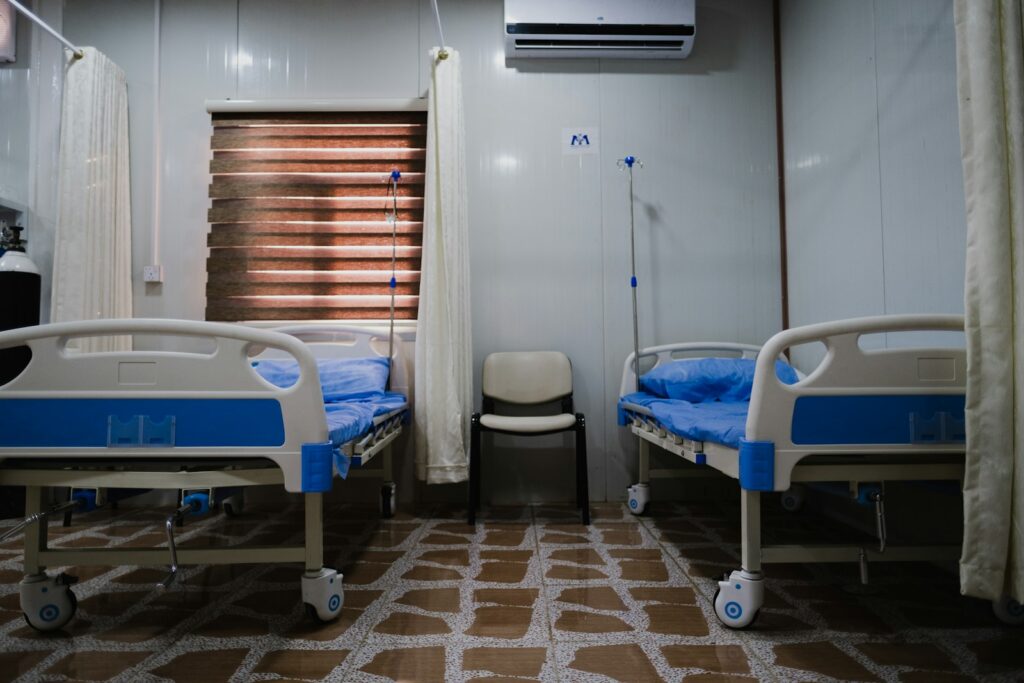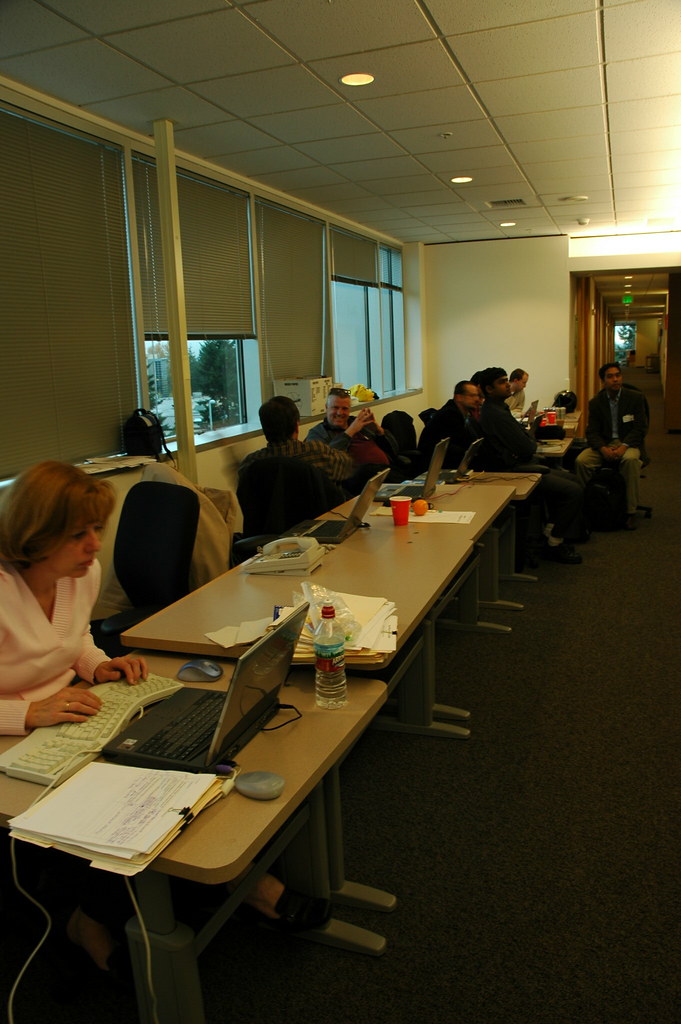
Starting retirement often sounds easy and full of fun. Many hope for comfortable and safe years after work. However, securing retirement means confronting financial challenges that are not always obvious when you are younger. One of the largest unexpected expenses retirees face in America today is the cost of long-term care support. This article explores what long-term support means, why it poses a major financial burden, and how retirement planning must address these issues. We also examine the growing trend of retiring abroad, especially in Asia, as people seek more affordable and fulfilling options.

Understanding Long-Term Services and Supports (LTSS)
Long-Term Services and Supports, or LTSS, refer to medical and personal assistance that helps with daily activities such as eating, dressing, taking medications, and meal preparation. This care can take place at home, in nursing homes, or community facilities. LTSS is often required by older adults or people with disabilities and is not short-term care; some need help for months or many years.
In the United States, millions receive paid LTSS at home or in their communities, while over two million rely on institutional care. Many others depend on unpaid family caregivers. The financial burden of LTSS is substantial because standard health insurance, including Medicare, generally does not cover most long-term care needs. Medicare may provide limited coverage for skilled nursing or home health care under strict conditions but excludes routine daily living assistance.

Medicare and the Limits of Coverage
Medicare primarily serves people aged 65 and older and certain younger disabled individuals. While it covers hospital and skilled nursing facility stays for up to 100 days following hospitalization, it usually does not cover non-skilled long-term care. Home health services are covered only if the patient is homebound and needs skilled nursing or therapy. Even then, coverage is limited in hours and duration.
The 2013 Jimmo settlement clarified that Medicare must cover skilled care needed to maintain health, not just care aimed at improvement. Despite this, Medicare excludes basic non-skilled daily living support, leaving a significant gap in coverage.

Paying for Long-Term Care: Out-of-Pocket and Medicaid
Because Medicare and private insurance rarely cover LTSS, most people pay out-of-pocket or rely on family support. Medicaid is the largest public payer for long-term care in the U.S., covering all nursing home care and some home- and community-based services. However, Medicaid eligibility requires strict income and asset tests that vary by state, often making it difficult for wealthier individuals to qualify.
The costs of LTSS are staggering. In 2023, full-time homemaker help averaged $62,400 per year, home health aide care about $68,640, and private nursing home rooms $116,800 annually. Around-the-clock home health aide services could reach $288,288 per year. These expenses far exceed the median income and savings of many seniors, demonstrating why paying for LTSS is such a daunting challenge.

Comparing Care Settings and Financial Impact
Nursing home care tends to be more expensive due to the inclusion of room, board, and continuous monitoring, while home care patients still bear their own housing costs. Assisted living covers basic room and board but not extensive care, leading many to require multiple services simultaneously, with total yearly expenses rivaling nursing home costs.
The U.S. spent over $400 billion on LTSS in 2022. Medicaid covered 61% of these costs, individuals and families 17%, and other sources the remaining 21%. Historically, Medicaid funds focused mostly on nursing homes, but spending has shifted dramatically toward home- and community-based services (HCBS), which rose from 10% of Medicaid LTSS spending in 1988 to 62% by 2020.

Government Initiatives to Address LTSS Challenges
The federal and state governments are taking steps to address workforce shortages and improve LTSS access. The Biden Administration introduced rules requiring nursing facilities to report staffing levels and Medicaid spending on direct care workers. States must allocate at least 80% of certain HCBS funds to worker wages, aiming to attract more individuals to these vital jobs. Many states have also increased reimbursement rates for care providers to improve pay and staffing.
While these measures support a strained system, the high costs, complex Medicaid eligibility, and persistent workforce issues mean that LTSS remains a major financial challenge for retirees and their families.

Planning for LTSS in Retirement
It is critical for individuals planning retirement to understand that health insurance, including Medicare and private plans, will likely not cover all future care needs. Considering potential LTSS costs is essential. Planning may include savings, long-term care insurance, or relying on Medicaid eligibility, but each option requires careful preparation to ensure financial security.
Given the financial pressures of LTSS in the U.S., many retirees consider moving abroad to stretch retirement savings. Asia offers a diverse range of retirement destinations from bustling cities to serene mountains, with lower living costs attracting many.
Asia’s appeal goes beyond beautiful scenery. Retirees are drawn by deep history, cultural richness, warm hospitality, and affordable living. Southeast Asia’s lower cost of living means retirement savings can go further. Cities like Chiang Mai in Thailand or Da Nang in Vietnam offer affordable lifestyles, while countries like Singapore, South Korea, and Japan provide higher standards of living and advanced healthcare but at much higher costs.

Retiring in Asia: Healthcare, Cost of Living, Taxes, and Visa Opportunities
Singapore consistently ranks among the best healthcare systems globally, with state-of-the-art facilities and professionals, though it is also the most expensive. Japan and South Korea offer excellent healthcare and infrastructure but come with high costs and taxes. Meanwhile, countries like Thailand, Vietnam, and Indonesia provide more affordable healthcare and living options, with costs varying widely between locations.
Examples illustrate the cost differences in Asia: Chiang Mai can cost about $900 per month including rent, while Singapore averages $4,000 per month. Bali offers a middle ground with approximately $1,700 monthly expenses. However, tax policies vary significantly. Thailand began taxing foreign income in 2024, Singapore uses a territorial tax system exempting foreign income, and Indonesia taxes worldwide income. Vietnam also taxes global income and requires investment visas for retirees.
Visa requirements differ widely. Singapore lacks a specific retirement visa and primarily offers work or investor-based visas, which require substantial income or investments. Thailand provides a Non-Immigrant O-A Visa for retirees 50 and older with relatively low financial thresholds and a long-term Elite Visa option. Vietnam’s retirement options involve investor visas, while Indonesia offers a retirement visa for those over 60 with income and savings requirements.

Weighing the Options: Which Country Fits Your Retirement?
Each country offers a unique combination of lifestyle, cost, healthcare quality, tax rules, and visa regulations. Thailand is popular for its low cost, climate, and culture. Vietnam is the most affordable but has visa complexities. Singapore provides safety and infrastructure but at a high cost. Malaysia attracts expats due to cultural familiarity and English language use. Indonesia offers inexpensive visas but more limited healthcare.
Deciding where to retire requires considering personal priorities such as safety, healthcare access, lifestyle preferences, tax implications, and immigration rules. Professional advice is often necessary to navigate these complex factors.

Retirement planning today must go beyond brochures and idealized visions. Understanding the true cost of long-term care in the U.S. and exploring global options can help retirees make informed decisions. Whether staying in America or moving abroad, careful financial, healthcare, and legal planning are essential to secure comfortable and sustainable retirement years.



